Emergency lighting fixtures are critical components in ensuring safety during power outages. They provide essential illumination that can guide individuals to exits and help prevent accidents in the dark. Central to the operation of these fixtures is the emergency battery pack, which stores the energy needed to power the lights when the primary power source fails. Knowing when to replace these battery packs is crucial to maintaining the reliability of emergency lighting systems.
Regular maintenance of emergency lighting fixtures is necessary to ensure they function properly during an emergency. One of the key aspects of this maintenance is the periodic testing and replacement of battery packs. Over time, the performance of battery packs degrades due to several factors, including age, usage patterns, and environmental conditions.
Battery packs in emergency lighting systems typically have a lifespan of 3 to 5 years. However, this can vary depending on the type of battery and the conditions in which it operates. Regular inspections and tests are essential to identify when a battery pack is nearing the end of its useful life.
Several signs indicate that a battery power pack in an emergency lighting fixture may need to be replaced:
One of the most obvious signs that a battery pack is failing is a noticeable reduction in light output. Emergency lights should provide consistent and adequate illumination. If the lights are dimmer than usual, it is a strong indicator that the battery pack is losing its capacity to hold a charge.
Emergency lighting fixtures are designed to operate for a specified duration, usually around 90 minutes, during a power outage. If the battery pack can no longer sustain the light for the full duration, it is time for a replacement. Regularly testing the light’s endurance during maintenance checks can help identify this issue early.
Physical signs of battery failure include swelling, leaking, or corrosion. These are serious issues that not only affect the performance of the battery pack but can also pose safety hazards. Immediate replacement is necessary if any of these conditions are observed.
Modern emergency lighting systems often come with self-diagnostic features that alert users to battery issues. If the system frequently signals a battery fault, despite passing initial visual inspections, it might be time to replace the battery pack. False alarms can be disruptive and may indicate underlying problems with battery health.
While signs of battery failure can prompt immediate replacement, adhering to a scheduled replacement plan is also important. Industry standards and guidelines suggest the following replacement schedules:
Upon installing a new emergency lighting fixture, it’s advisable to note the installation date and schedule regular maintenance checks. The initial battery pack should be expected to last between 3 to 5 years, but this period can be shorter in high-usage or harsh environmental conditions.
Conducting annual tests is crucial. These tests should simulate a power outage to ensure the emergency lights activate correctly and provide illumination for the specified duration. Any battery pack failing this test should be replaced immediately.
In addition to annual tests, bi-annual visual inspections can help identify physical issues with the battery pack, such as swelling or leakage, that might not be apparent during functional tests.
Choosing between a proactive and reactive replacement strategy depends on the specific needs and usage patterns of the facility. A proactive approach involves replacing battery packs based on a predetermined schedule, typically every 3 to 5 years, regardless of whether they show signs of failure. This approach can prevent unexpected failures and ensure continuous reliability.
Reactive replacement, on the other hand, involves replacing battery packs only when they show signs of degradation or fail during tests. While this approach may save costs in the short term, it carries the risk of having emergency lights fail during a critical moment.
To ensure the reliability and longevity of emergency lighting systems, it is essential to work with a trusted supplier who provides high-quality battery packs and replacement services. A reputable supplier can offer expert advice on the best battery options for your specific needs and environmental conditions.
Regular communication with your supplier is key to staying updated on the latest advancements in battery technology and ensuring your emergency lighting systems are always equipped with the best possible power sources. If you have any questions about replacing battery packs or need assistance with maintenance, please do not hesitate to contact us.
By following these guidelines and working with a reliable supplier, you can ensure that your emergency lighting fixtures are always ready to perform when needed, providing crucial safety and peace of mind during power outages.

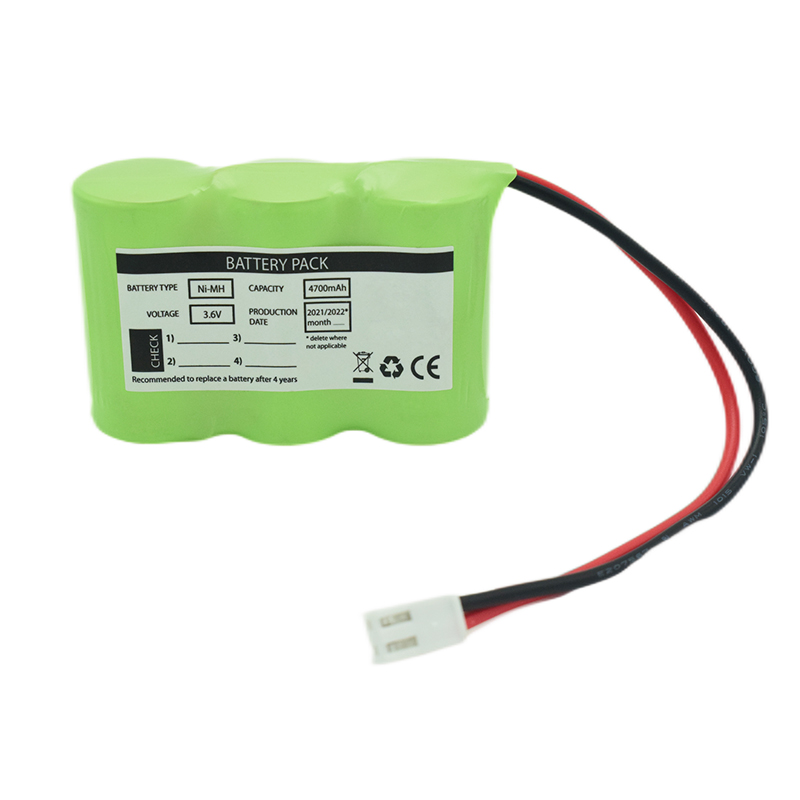 Ni-MH Battery C4700mAh 3.6V
Ni-MH Battery C4700mAh 3.6V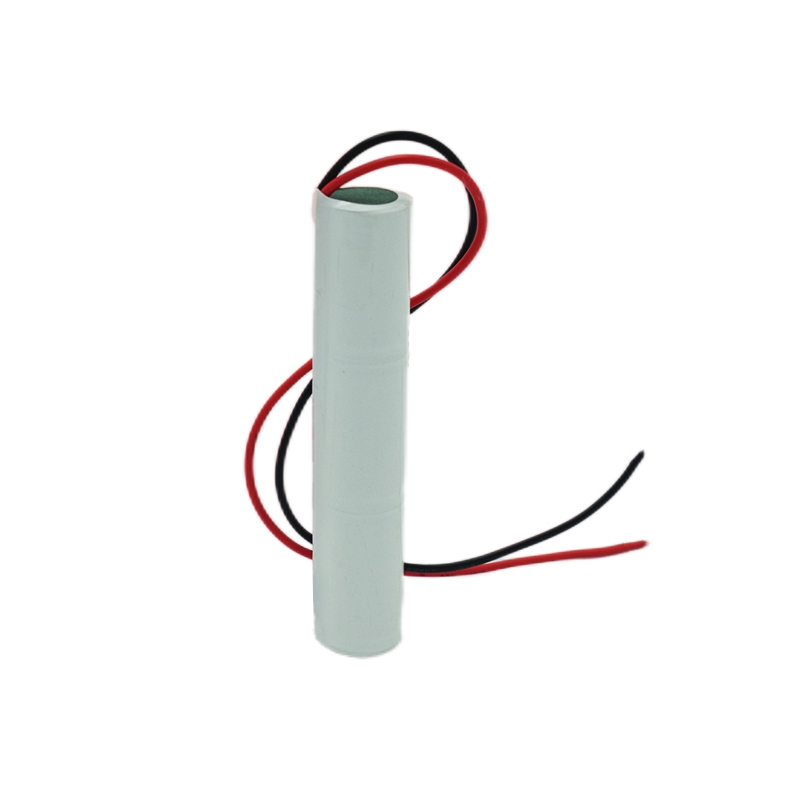 Nickel Cadmium Nicd Battery Pack SC1800mAh 3.6V
Nickel Cadmium Nicd Battery Pack SC1800mAh 3.6V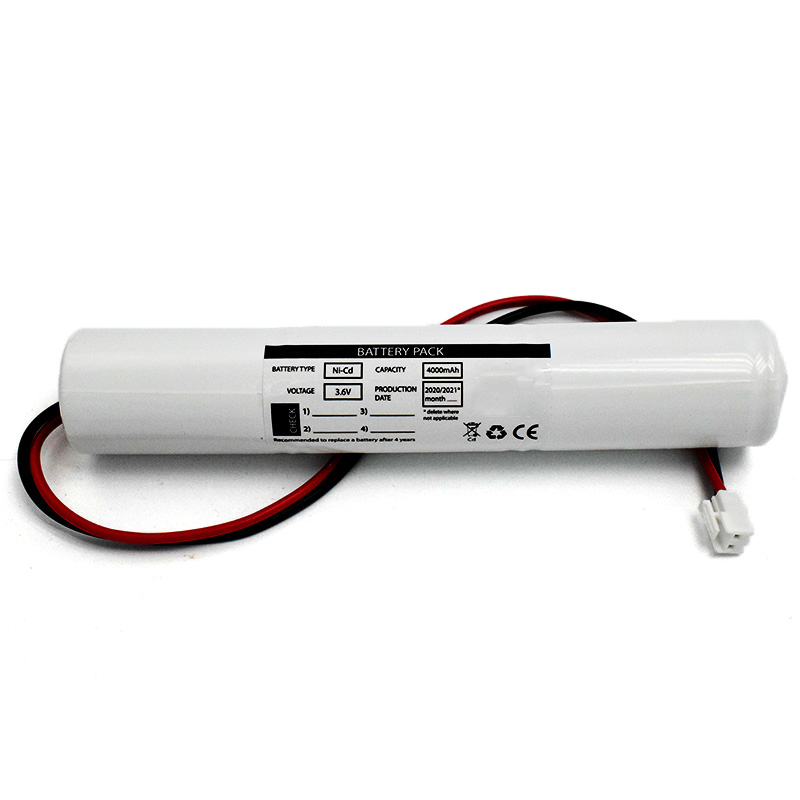 Ni-Cd Battery Pack D4000mAh 3.6V
Ni-Cd Battery Pack D4000mAh 3.6V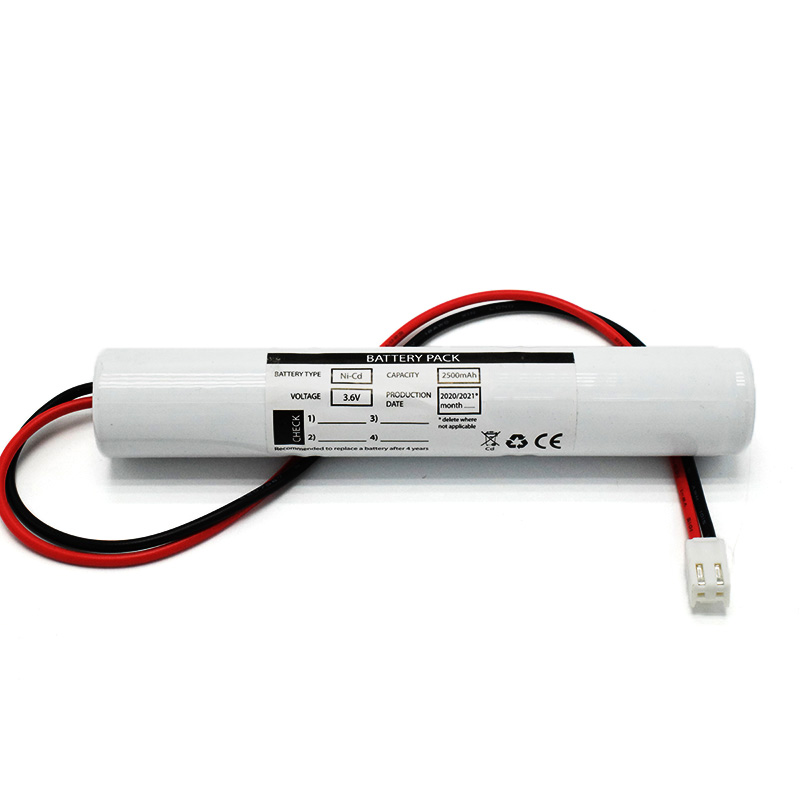 Ni-Cd Battery Pack C2500mAh 3.6V
Ni-Cd Battery Pack C2500mAh 3.6V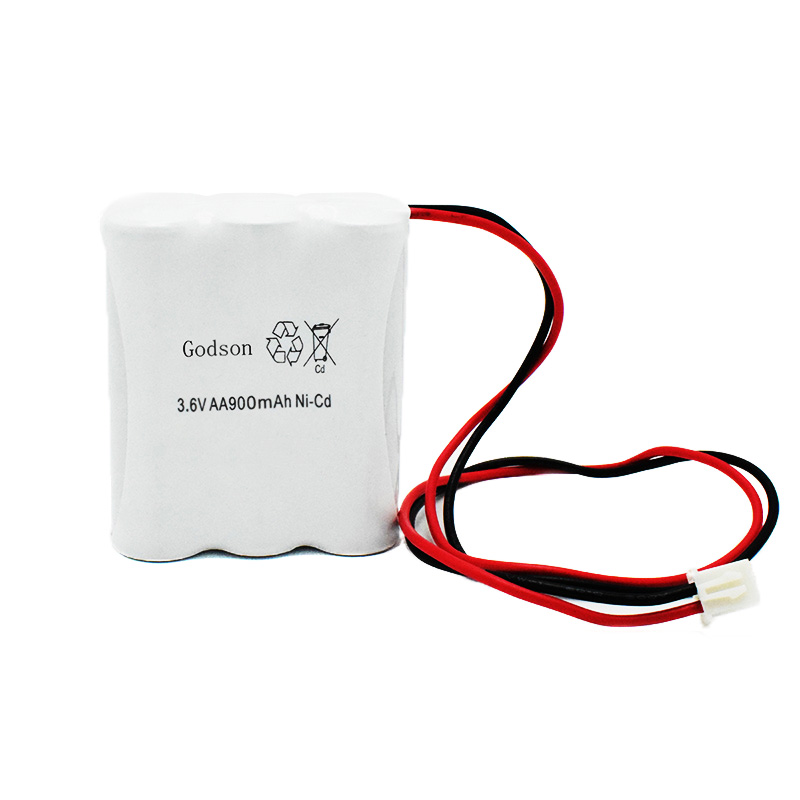 NICAD Battery Pack AA900mAh 3.6V
NICAD Battery Pack AA900mAh 3.6V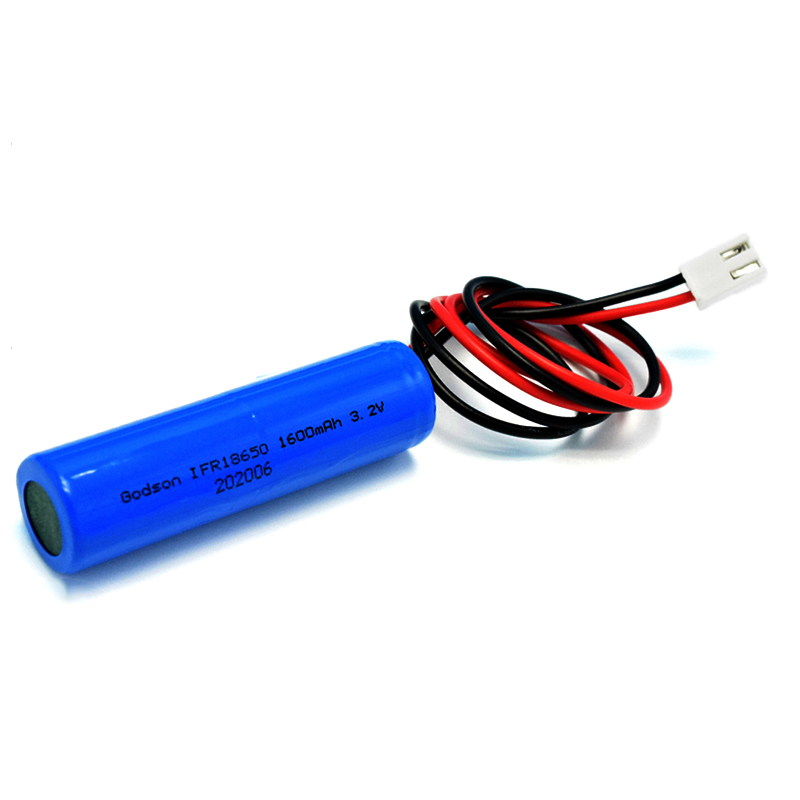 LiFePO4 IFR18650 1600mAh 3.2V
LiFePO4 IFR18650 1600mAh 3.2V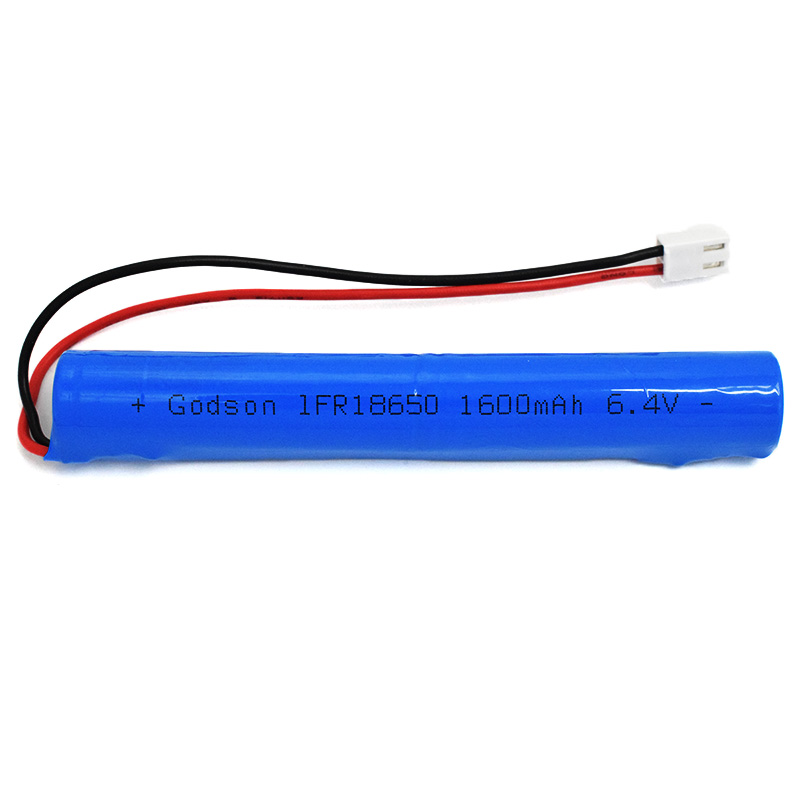 LiFePO4 IFR18650 1600mAh 6.4V
LiFePO4 IFR18650 1600mAh 6.4V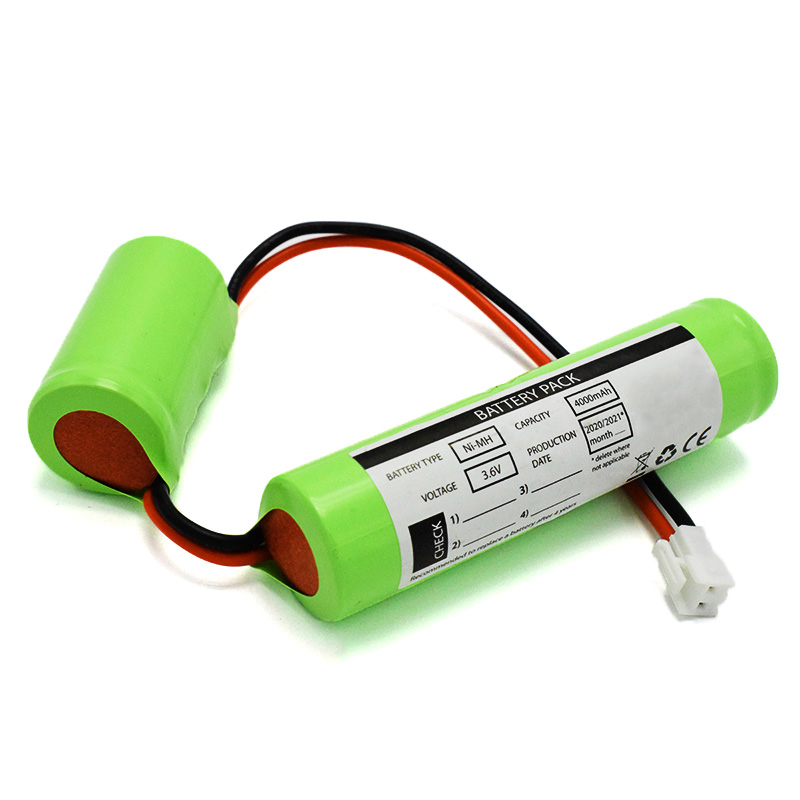 Ni-MH Battery C4000mAh 3.6V
Ni-MH Battery C4000mAh 3.6V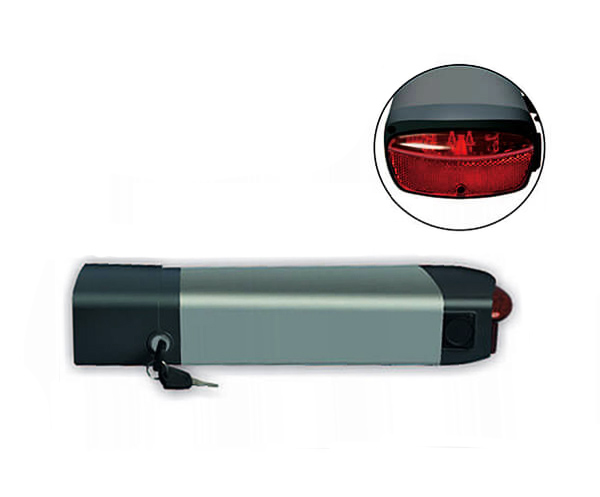 E-bike Battery 48V 10Ah JL-1
E-bike Battery 48V 10Ah JL-1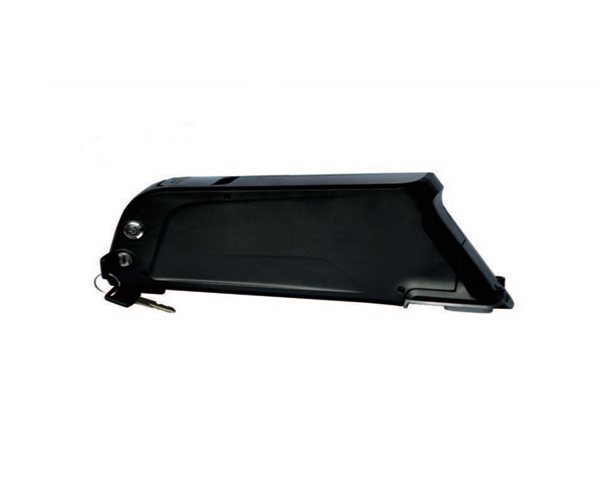 E-bike battery 48V 10Ah Qing Tian
E-bike battery 48V 10Ah Qing Tian